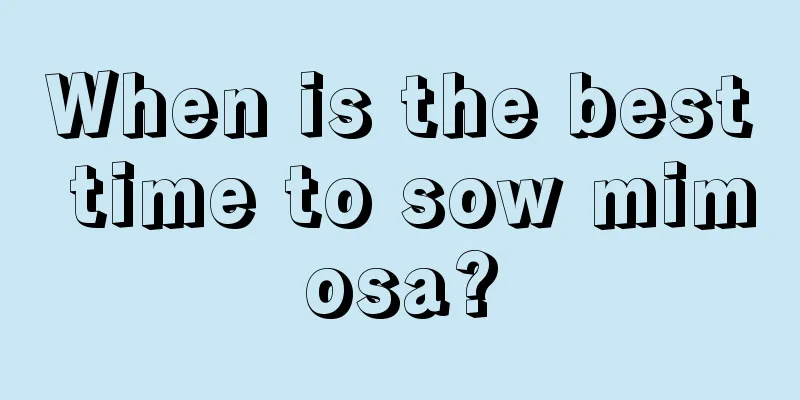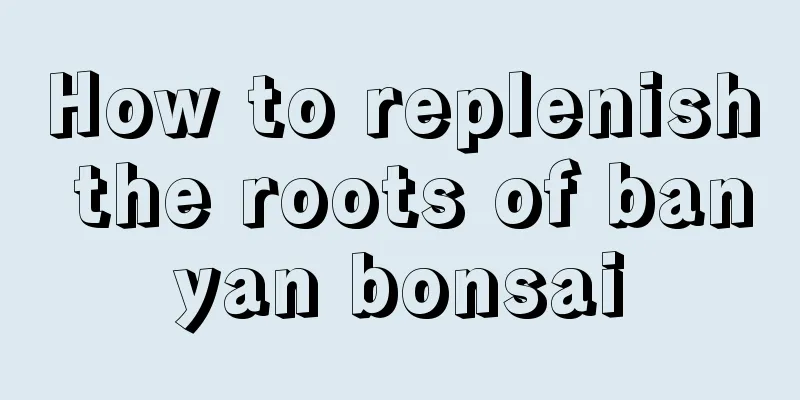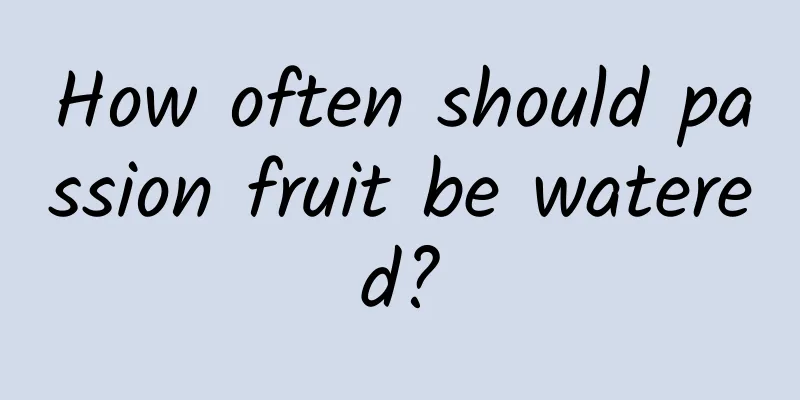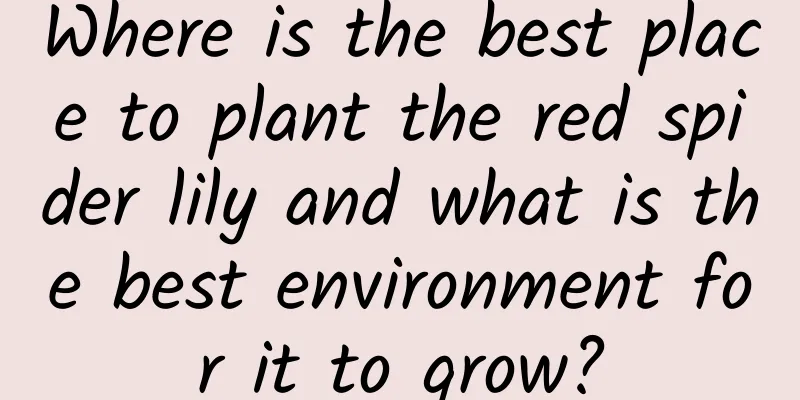When is the best time to sow mimosa?

|
Mimosa, a widespread ornamental plant, is famous for its unique touch response. It has strong adaptability to its growing environment and relatively loose requirements for climate, sunlight and soil. Let’s learn together when is the best time to sow mimosa? When is the best time to sow mimosa? There is no strict time limit for sowing mimosa seeds, but spring is the best sowing season. In spring, the outside temperature is moderate, which is conducive to the germination of seeds and the growth of seedlings. When the temperature gradually warms up and stabilizes at 20 to 25 degrees Celsius, this temperature range is particularly favorable for seed germination. At the same time, the humidity in spring is also suitable. These environmental conditions together promote a high germination rate of seeds. In addition, spring is the time when all things in nature come back to life, which also provides a good opportunity for the growth of mimosa. Mimosa Planting Method Soil: Mimosa has strong adaptability to soil, and ordinary garden soil can meet its growth needs. If conditions permit, it would be ideal to choose loose and fertile soil containing humus, which would be helpful for the development of its root system. Of course, leaf mold or sandy soil are also viable options. Watering: Mimosa prefers a humid environment, and the suitable humidity should be maintained at around 70%. During the active growing summer months, water once a day to keep the soil moist and avoid drying out. As winter approaches, the temperature drops and the frequency of watering should be reduced appropriately to prevent frost damage. Sunlight: Mimosa prefers plenty of sunlight, but can also adapt to semi-shady environments. When planting, place it in a well-lit area to promote healthy growth. But during the high temperatures of summer, it is best to move it to a semi-shaded place to avoid the adverse effects of strong sunlight. Temperature: The most suitable growth temperature range for mimosa is 20 to 28 degrees Celsius. At lower temperatures, its growth will be inhibited. In low temperature environments in winter, watering should be reduced and insulation measures should be taken when the temperature is below 10 degrees Celsius. Fertilization: Mimosa does not require much fertilizer . During the seedling stage, fertilize once every two weeks; during the growing period, apply 2 to 3 times of thin liquid fertilizer. Be careful not to apply too much fertilizer, so as not to cause the plant to grow too tall and affect its ornamental value as a foliage plant. Small plants are more suitable. In general, mimosa has a strong adaptability to the environment, but in a warm and humid climate and fertile and loose soil conditions, it can show better growth and richer leaf color changes.
|
>>: What does the flower of the lucky tree look like? How to make the lucky tree bloom?
Recommend
What is the best fertilizer for dandelions?
Dandelion fertilization time When planting dandel...
How to grow sweet potatoes to achieve high yield?
Sweet potato has become an important cash crop fo...
Differences between Juniper and Oriental cypress
1. Differences in the trunk The diameter of the j...
These “3 kinds” of materials that are available at home are essential for growing flowers. They are better than fertilizers and can make whatever you grow flourish!
The price of flower fertilizer on the market is n...
Can Phalaenopsis be placed on the balcony in summer? How to manage Phalaenopsis in summer
1. Can it be placed on the balcony in summer? Whe...
How to prune small fruit trees
When to prune small fruit trees Generally, fruit ...
"Lettuce" is highly nutritious. If you grow a pot of it on the balcony, you don’t have to go out to buy vegetables anymore!
Speaking of vegetables, there are really many var...
Cherry blossoms' growing environment and local conditions
Cherry Blossom Growth Environment and Conditions ...
How to grow Forsythia in autumn
1. Scientific fertilization Autumn is the time wh...
How long does it take for grape cuttings to take root? The fastest way to root grape cuttings (with pictures)
Rooting time of grape cuttings Grape cuttings are...
What are the benefits of growing Osmanthus fragrans at home?
The role of Daphne odora: ornamental The golden e...
Pepper planting conditions, growth conditions and environment
Introduction to Sichuan Pepper Zanthoxylum bungea...
Can eggs be used as fertilizer for Clivia (the correct way to use eggs to water Clivia)
Clivia is a very common ornamental flower in life...
Advantages and disadvantages of Kawamoto Kizuna rose
Kawamoto Kizuna rose is a rose variety cultivated...
How many days does the upland rice growing period last?
After sowing, upland rice will seedlings in 8-10 ...









